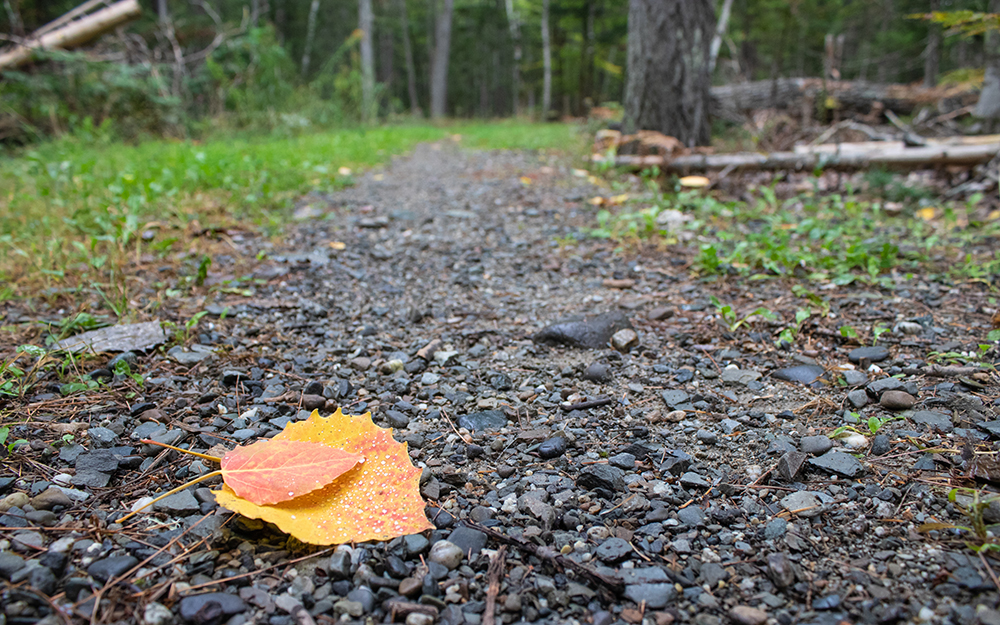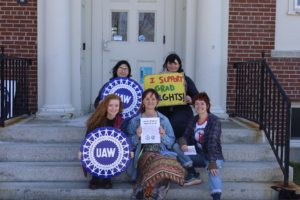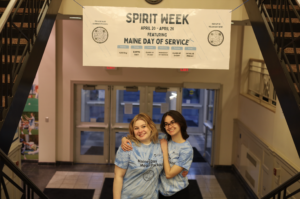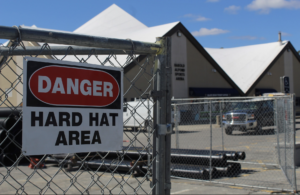The University of Maine’s school of biology and ecology graduate organization hosted a BioBlitz event on campus over the weekend of Sept. 18 and 19 on the University Mall that lasted 48 hours.
Participants in the BioBlitz event were tasked with cataloguing all of the organisms they encountered around the 660 acres of UMaine’s campus over the course of the weekend. In order to catalogue their findings, participants used the iNaturalist phone app.
The iNaturalist app is a joint initiative between National Geographic and the California Academy of Sciences. It is used as a means of recording and catalogueing the various species of plants and animals in a given area. Anyone can download and use the app, and the data collected is reviewed and used by naturalists and data repositories.
Around 70 people took part in the event, the first of its kind held at the university.
This group included researchers, students and locals from the Orono community with an interest in naturalism. Participants arrived at the University Mall at 8:30 a.m. on Sept. 18, and were encouraged to collect data until 4:30 p.m. the following day.
BioBlitzes are also referred to as biological censuses, and involve recording any sightings of plants, animals, fungi and other creatures around a given location. Typically these events are held to collect data on the area, while also fostering the relationship between the natural world and those who call it home.
“We are just trying to figure out what’s here and that’s going to help us going forward because we know we have things like brown tail on campus. But we don’t really know how bad it is and we can track it throughout the coming years if we continue doing BioBlitz every year,” Madeleine Landrum, a Ph.D. student of paleoecology at UMaine, told Fox WVII.
The hope is that in the future, after the event has been held over the course of a few years, patterns in the data will begin to emerge. With the data that’s been collected, naturalists and researchers from the university will be able to track and better understand the environment around UMaine better.
“Through this BioBlitz, we are seeing all of the living things we can find on campus and it does change through time as different factors change. So we can look at the history of our state and also modern systems,” Landrum said.
As for the locals with an interest in naturalism, the goal was more centered around a general appreciation of wildlife in urban areas.
”We’re hoping also to show people that there’s a lot of biodiversity and species in urban areas as well, not just in the wilderness or national parks. But even when you’re walking around campus you can find hundreds of species,” Vendy Hazukova, a graduate student at the university, told WABI 5 News.
The UMaine graduate school of biology and ecology hopes that this event will be the beginnings of a new annual tradition.






